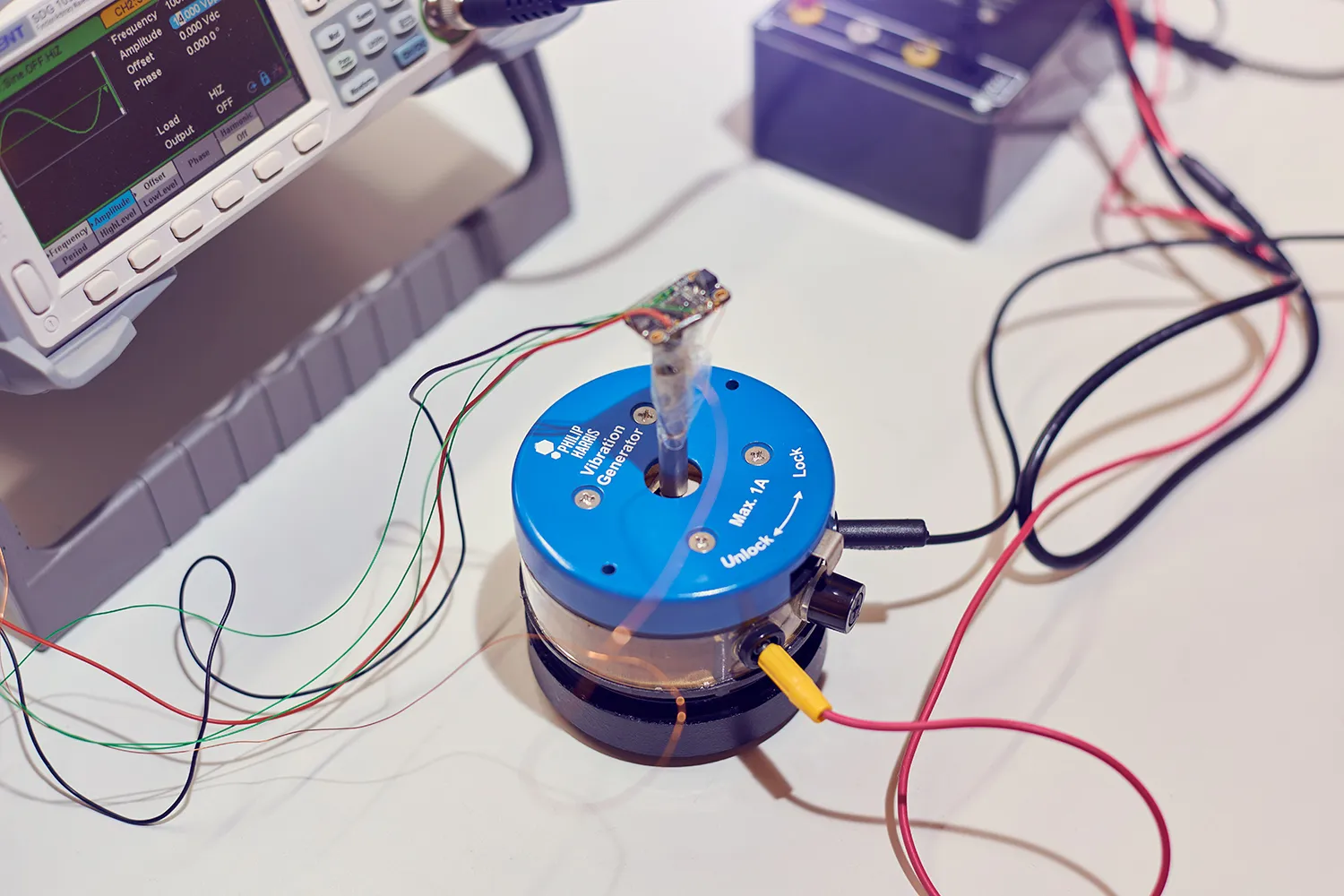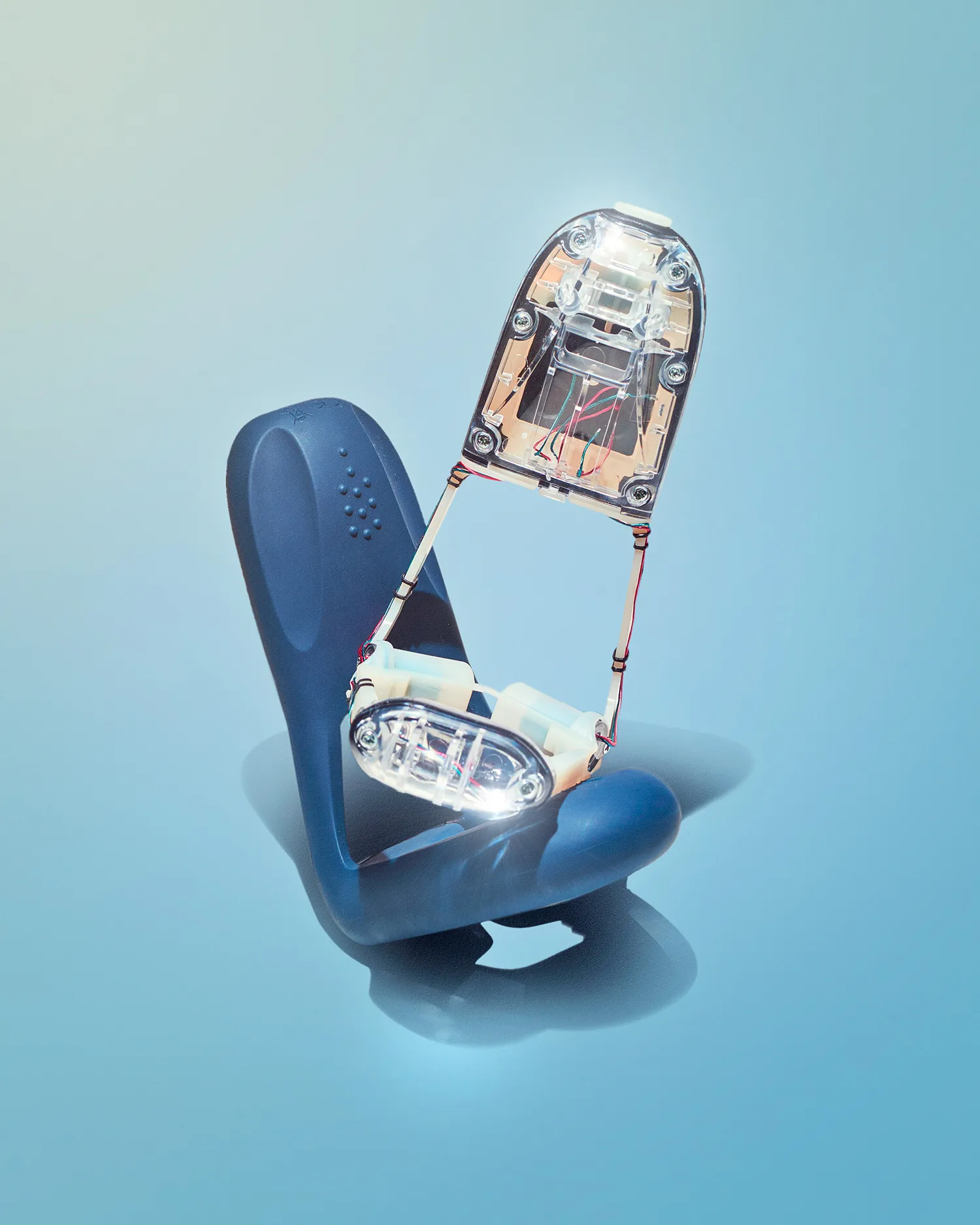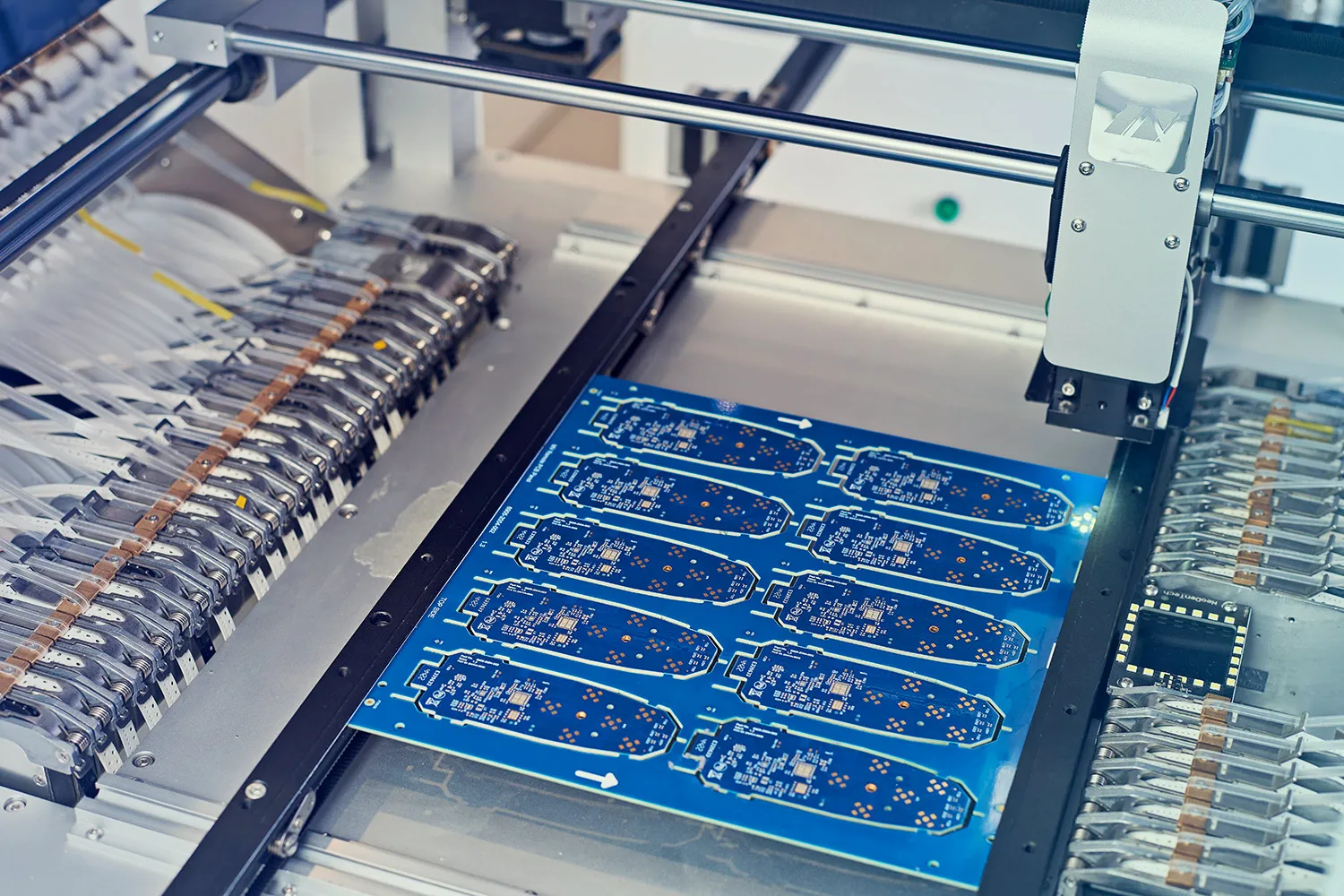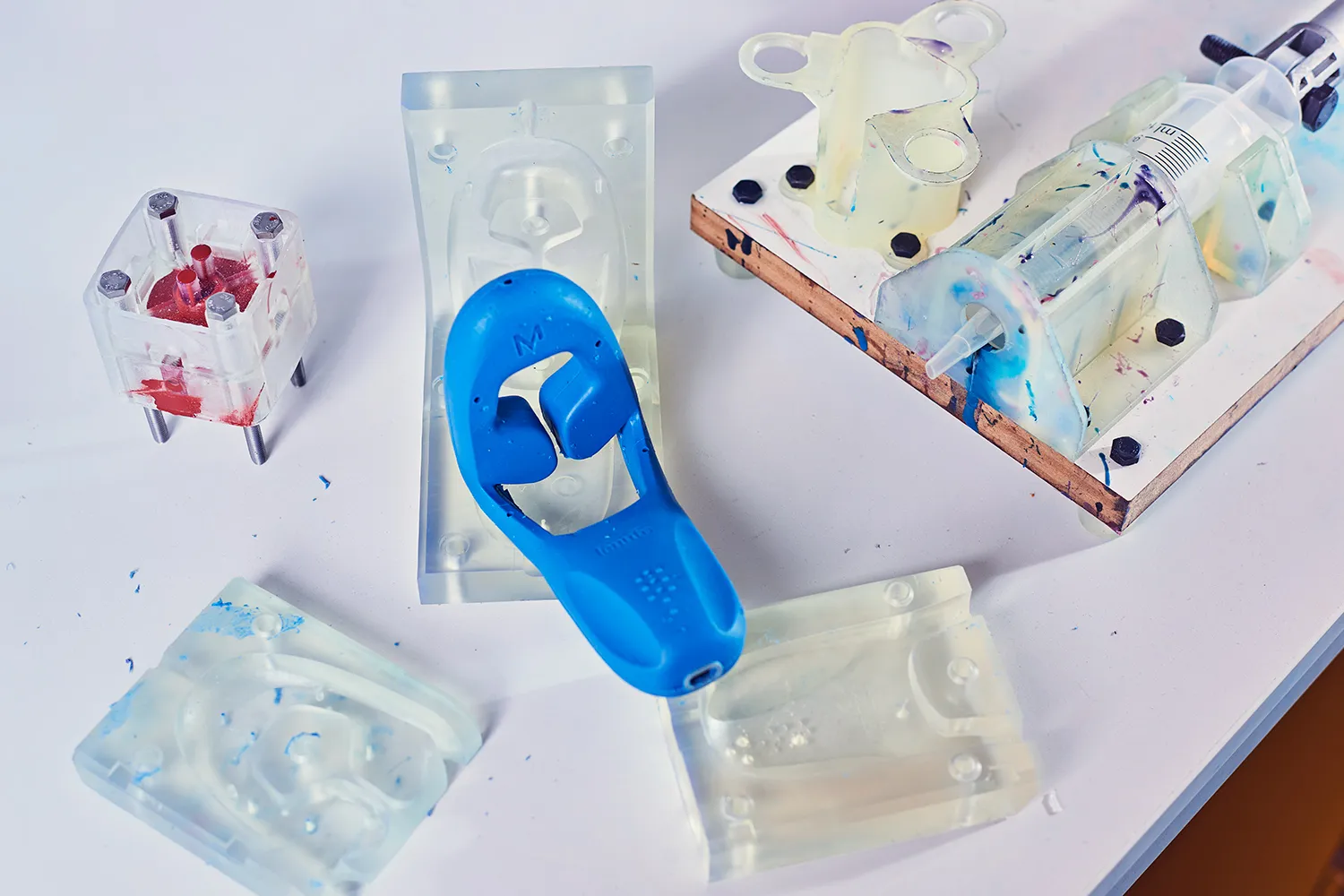IT’S HARD to find pleasure these days. Our fast-paced, tech-centric lives can give us little space for intimacy and satisfaction in bed. But instead of leaving us to our own devices, innovators around the world are taking on the challenge of making sex better for anyone who’s experienced childbirth, reproductive health problems, or the erosion of romance.
Founded in 2014, UK-based MysteryVibe is one company filling that niche. Using robotics and other facets of engineering, it set out to create a durable sex toy that could adapt to a variety of bodies, shapes, and desires. What it didn’t know was that its first creation, a flexible six-motor vibrator called Crescendo, would also end up as a certified medical device for conditions like pelvic floor pain. A 2022 MysteryVibe-funded study at the Murcia Institute of Sexology in Spain found that exercises performed with the handheld model could significantly reduce discomfort in patients suffering from chronic pain during sex. The same institution later saw that the penis-hugging Tenuto improved erectile dysfunction after one patient’s colorectal cancer surgery. At the moment, the UK’s National Health Service is looking into the ability of the G-spot-targeting Poco to ease long-term vulva discomfort, with results expected later this year.

↑ MysteryVibe’s team of four engineers develops all of the company’s prototypes at an inconspicuous farmhouse in Thursley, England. One of the steps involves using a hot plate and a hot-air soldering technique to manually tweak the printed circuit boards, or PCBs, that control the sex toys. The high temperature allows staff to reassemble the electronics as they evolve.

↑ Legato (set to be released in summer 2023) was devised based on a request from a medical professional to help menopause patients overcome vaginal dryness, a common symptom that makes penetrative sex more difficult and potentially painful. It’s the first sex toy designed to stimulate the labia by increasing blood flow around the vulva, improving natural lubrication.

↑ Medical research has found specific vibration frequencies can effectively treat pelvic floor pain. As part of their own product development, MysteryVibe constructed its own testing rig to measure how the motors in their products interact with each other, and the exact vibrations they deliver. These efforts are still only experimental.

↑ While designing silicone-covered devices with multiple hinges inside, the MysteryVibe team learned that versatility comes at the cost of durability. This became a major engineering hurdle, as one of the original driving missions of the company was to make a sex toy that would last. The entire product line has a 24-month warranty, but with proper care, the products should survive for at least five years, says CTO and co-founder Rob Weekly.

↑ During the years-long trip from conception to online retail, MysteryVibe’s offerings go through multiple transformations that take into account customer and medical feedback. The Thursley research and development center is filled with boxes of old models that engineers use to ensure software updates work seamlessly with discontinued models.

↑ Tenuto’s largest arm sits against the highly sensitive perineum, stimulating blood circulation to the genitals. With customizable oscillations from three other motors, the result can be a longer-lasting erection and an overall more blissful experience for the user and their partner.

↑ 3D printers play a big role in helping the company develop, test, and refine products—from silicone molds to working parts. Once the design process is complete, the newly minted prototypes are shipped to China, where, after some back and forth with the research team to improve efficiency, they go into the production line for mass manufacturing.

↑ When building samples, MysteryVibe staff members use a metal stencil to apply two soldering pastes with different melting points to the PCB plates. This allows them to work at a lower temperature to affix the electrical components to one side of the panel, protecting the hardware already assembled on the other end.

↑ Next, the PCBs get transferred to a “pick-and-place” machine that can build 10 boards in one move. A robotic head creates a vacuum to suction up components from the paper reels on the left and position them exactly where they belong on the panel. From there, they get wired up to the motors.

↑ Another new release in 2023, Molto is crafted to arouse the prostate by simulating the standard approach adopted by pelvic floor therapists. Besides generating pleasure, this technique also has possible health benefits and can be used to improve conditions like erectile dysfunction and enlarged prostate.

↑ Tenuto 2 posed a particular manufacturing challenge, as it’s the company’s only “over-molded” product. While the skeletons of other MysteryVibe toys are pushed into fully dried silicone pieces, in this case, the bare electronics go into a special cast and are then sealed in the molten material. If the device accidentally turns on from the pressure, or heats up too much, the team needs to reset the whole process.

↑ When Crescendo launched nearly a decade ago, its six motors set it apart from the competition. More machinery means more targeted vibrations and flexibility, and customers can’t seem to get enough. The model and its successor (seen here) still hold the record for maximum motors in the industry: “I don’t think anyone’s touching that at the moment,” says Weekly. “I think the most I’ve seen is three.”
Read more PopSci+ stories.

